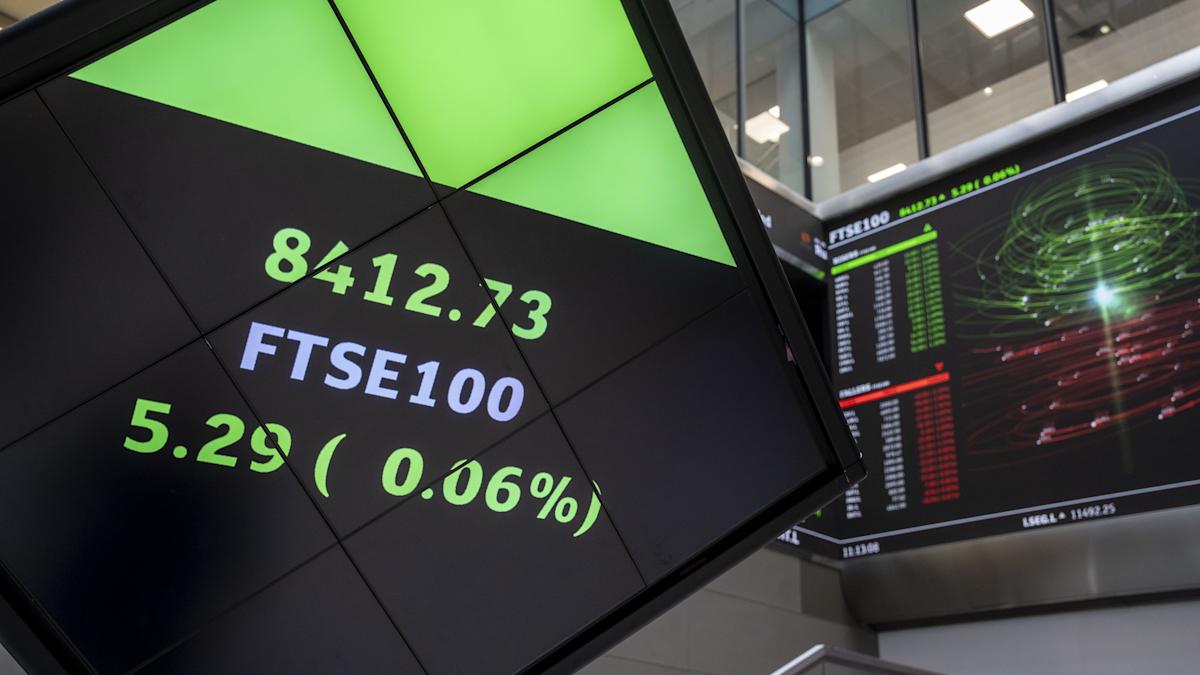The FTSE 100 (^FTSE) struggled for direction on Wednesday, despite progress elsewhere, as investors digested another earnings deluge and looked ahead to the US rate call and earnings from technology titans Meta Platforms and Microsoft.
The FTSE 100 index closed up just 0.62 of a point at 9,136.94.
The FTSE 250 (^FTMC) closed 16.49 points lower, 0.1%, at 21,776.58, and the AIM All-Share (^FTAS) closed down 3.03 points, 0.4%, at 762.72.
In Europe on Wednesday, the CAC 40 (^FCHI) in Paris rose 0.2%, as did the DAX (^GDAXI) 40 in Frankfurt.
In New York on Wednesday, the Dow Jones Industrial Average (^DJI) was down 0.1%, the S&P 500 (^GSPC) was 0.1% higher, and the Nasdaq Composite (^IXIC) rose 0.3%.
The US Federal Reserve will announce its interest rate decision at 7pm BST.
According to the CME FedWatch Tool, it is near-certain that the Fed maintains rates at the 4.25% – 4.50% range this week.
The Fed held in each of the first four meetings this year. Its last cut was in December, a 25 basis points trim to the federal funds rate range.
A fifth successive hold is in the offing during the final meeting before a summer break.
The US rate call will be swiftly followed by earnings from two of the Magnificent 7 after the closing bell on Wall Street – Microsoft (MSFT) and Meta Platforms (META).
“Coming hot off the heels of strong TSMC (2330.TW, TSM) and Alphabet (GOOG) earnings, traders will be watching closely for capex spending habits and chip demand figures to highlight the continuation of the AI story. Nonetheless, for Meta and Microsoft, their performance will once again come down to the hum drum areas of advertising and cloud revenues,” said Joshua Mahoney, analyst at Rostro.
Ahead of this investors weighed data showed the US economy registered stronger than expected growth in the second quarter of the year.
According to the Bureau of Labour Statistics, the US economy expanded 3.0% quarter-on-quarter on an annualised basis in the three months to June.
The reading topped an FXStreet cited forecast of a 2.4% rise and follows a first quarter which saw the US economy shrink 0.5%.
“The increase in real GDP in the second quarter primarily reflected a decrease in imports, which are a subtraction in the calculation of GDP, and an increase in consumer spending. These movements were partly offset by decreases in investment and exports,” the BEA said.
But TD Economics said the figures “overstated” the degree of strength in the US economy.
“An unwinding of Q1’s tariff front-running resulted in imports contracting by the largest amount (outside of the pandemic) since the height of the global financial crisis, resulting in a massive positive contribution to GDP. Once the effects of net trade, inventories and government were removed, sales to private domestic purchasers, expanded by just 1.2% or its slowest rate of growth in 2.5 years,” it noted.












